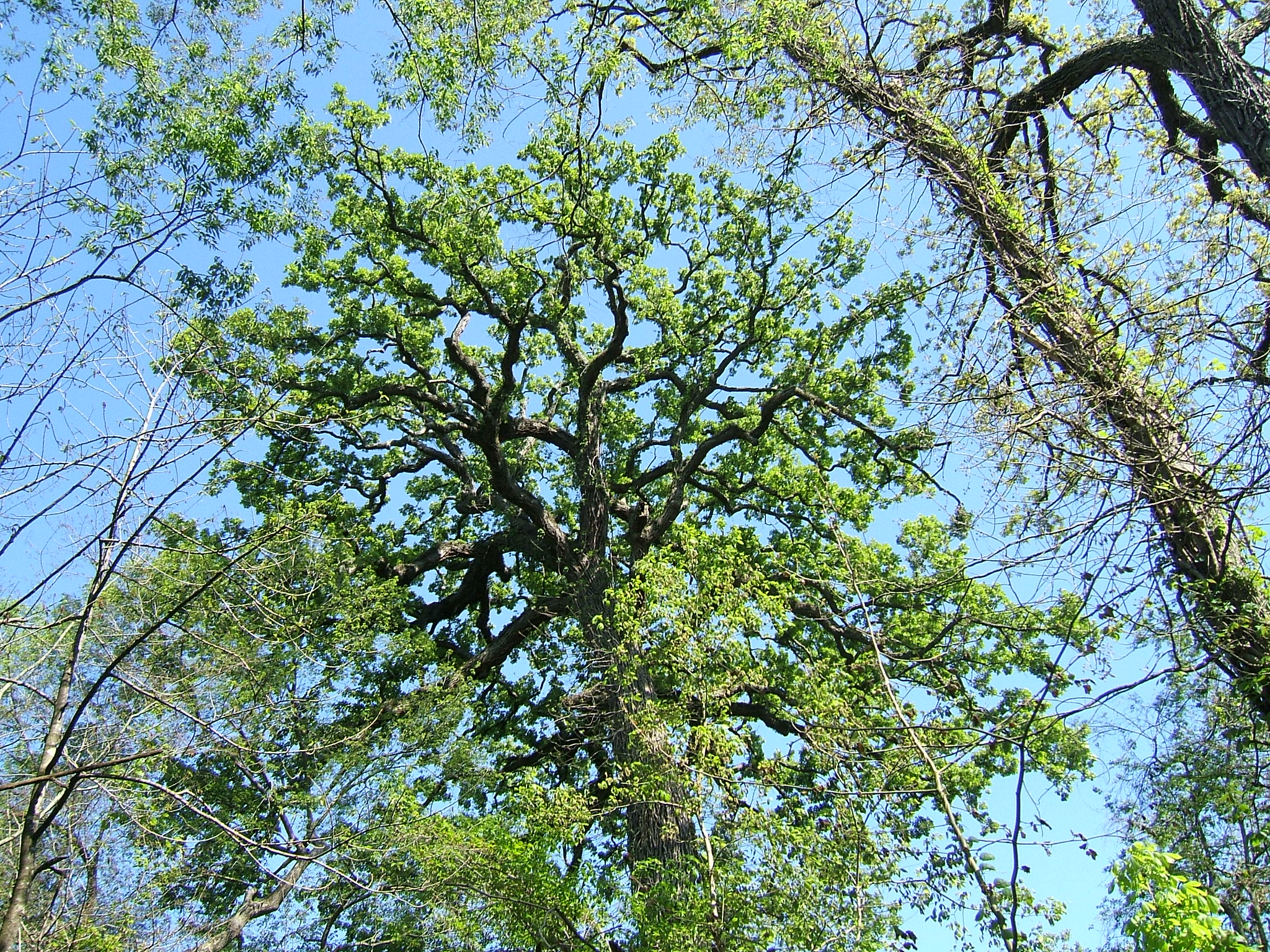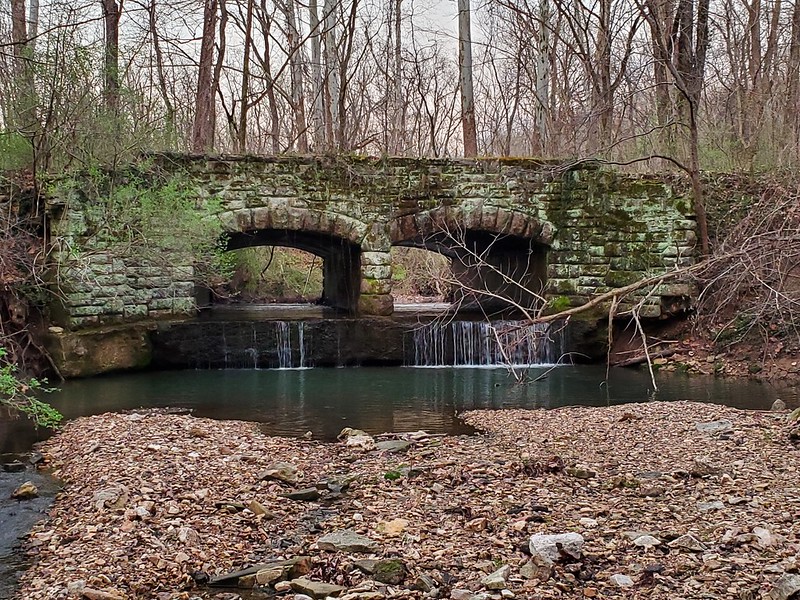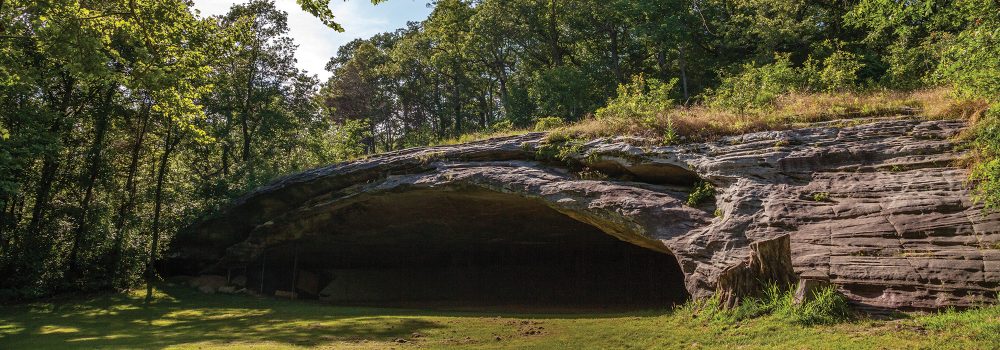Big Sugar Creek State Park is full of nooks and crannies that are worth exploring. The rugged landscape is filled with rare plants and animals. This park is one of the only places in Missouri where the Ozark Chinquapin survives.
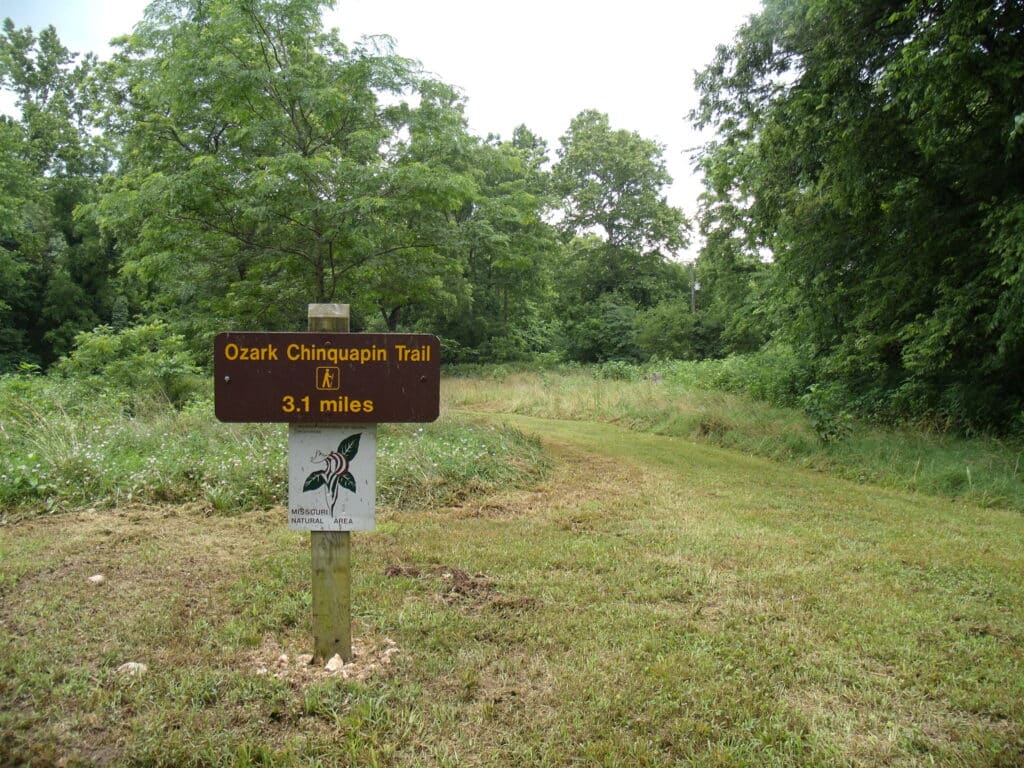
LIKE THE CRYSTALS OF A GEODE within an ordinary rock, Big Sugar Creek is a treasure amid far southwest Missouri’s remote hills. It boasts a diverse array of living communities and limestone glades that harbor rare, endangered, and regionally restricted plants and animals. The rugged hills of McDonald
County have also given rise to legends, tall tales, and a fascinating history, with considerable uncertainty as to which is which.
There are stories of Pine Wars, with battles fought over rights to valuable pine timber, and a real war, when Northern and Southern armies marched through the county and no one could be safely neutral. The courthouse was burned by bushwhackers in 1863, and in 1939, many scenes in the famous movie Jessie James were filmed nearby because Hollywood executives thought Pineville and the Big Sugar country looked more like 1870s Clay County than Clay County did. A place on the river known as Penitentiary Bend is claimed by some as the site where a sheriff’s posse rounded up a band of outlaws; others maintain as stoutly that miserable prisoners from a Civil War skirmish were once confined there.
The park includes two-and-a-half miles of riverfront, a fine setting for river play and exploration, but unlike most rivers in the Missouri Ozarks that drain north, east, and south to the Missouri, Mississippi, and White Rivers, Big Sugar Creek drains southwest into the Elk River and then on to the great Arkansas River drainage, a distinct and powerful landscape. As a result, this clear-water, bedrock stream harbors some aquatic species unique to this area of the state, including the redspot chub, bluntface shiner, cardinal shiner, Neosho midget crayfish, and mucket mussel. The range of steep hills and rocky hollows that cradle the Big Sugar valley provide habitat for a rich array of species and communities, including the rare Ozark Chinquapin tree. A variety of unusual animals also find refuge within the Big Sugar Hills, including the gray bat, Oklahoma salamander, and pine warbler.
The topography that makes this area a joy to visit today also slowed early settlement. The first land pat- ents were taken out in the 1830s, and by 1860 there was a low dam across Big Sugar providing power for a gristmill. A small store provided goods, but this hamlet didn’t get its formal name, Cyclone, until 1883.
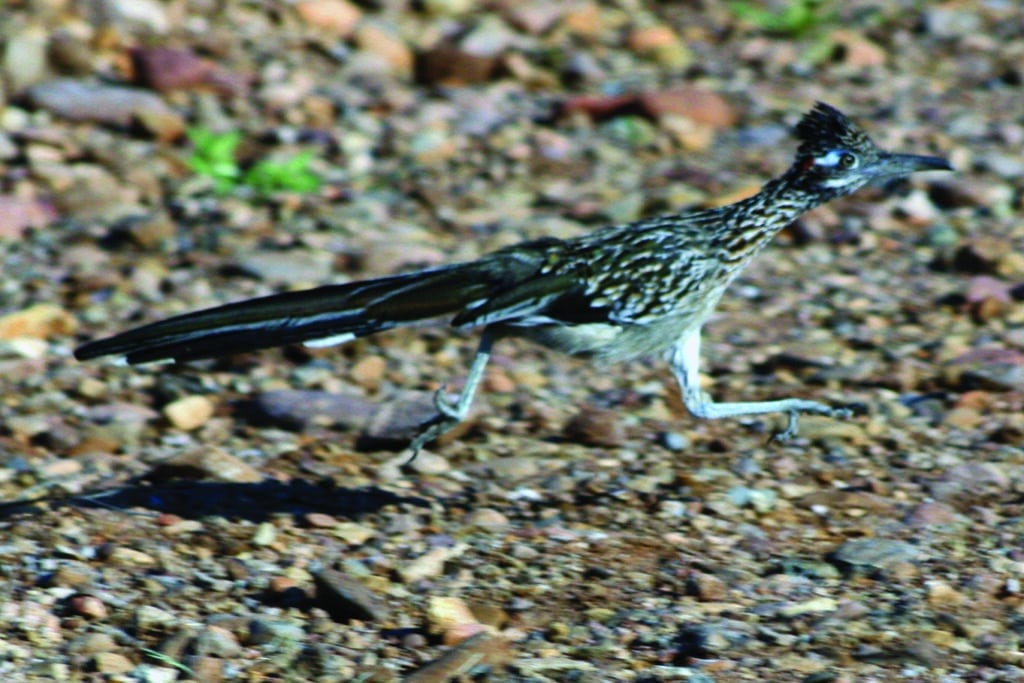
Photos by El Brujo
In 2016 a total of 1,168 acres of the park was designated the Elk River Hills Wild Area, the first wild area designated in the state since 1995. A key feature of the wild area is the three-mile Ozark Chinquapin Trail. The trail gives you a chance to experience this rough terrain as Native Americans and early explor- ers may have, traversing ancient ridges and valleys through which spring water and rainwater flow in
myriad deep hollows to Big Sugar Creek. You might chance upon a whitetail buck along the trail or see a roadrunner, a Southwestern species.
Big Sugar is a landscape of rugged beauty and much remaining mystery. It reminds us of our state’s links to the great Southwest, and it deserves a visit from Missourians curious about the fascinating nooks and crannies of their wonderful state.
This park is one of the only places in Missouri where the Ozark Chinquapin survives and may provide seeds for reestablishment of the species.
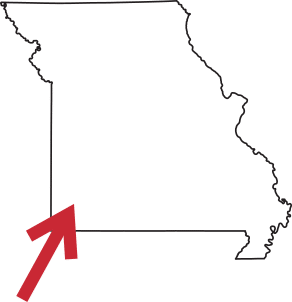
2,083 acres
McDonald County
Trail
• Ozark Chinquapin Trail (3.1 mi)
Historic Structures
• Rock outbuilding for Shady Grove School
• House and granary foundations from the hamlet of Cyclone
Big Sugar Creek State Park has great hiking trails.
7126 Big Sugar Creek Rd, Pineville
Learn more about how to save the Ozark Chinquapin.
Purchase the Missouri State Park Special Edition book here.
Related Posts
Get Out and See Big Oak State Park
You have got to see these trees. Big Oak Tree State Park is home to one national champion, a pumpkin ash, and three state champion trees, overcup oak, sweetgum, and persimmon. The ancient cypress are awe inspiring. The park is also a bird watchers dream with more than 150 known species chirping from the trees.
A True Gem of a State Park
Dedicated in 1938, this gem of a state park now sits amid an expanding suburban landscape and is worthy of a visit any time of year. There are twenty-two CCC-era structures to visit, rocky hills to hike, and massive trees to stop and rest under.
Hiking Graham Cave State Park
Head over to Graham Cave State Park to walk in the footsteps of early Missourians.

